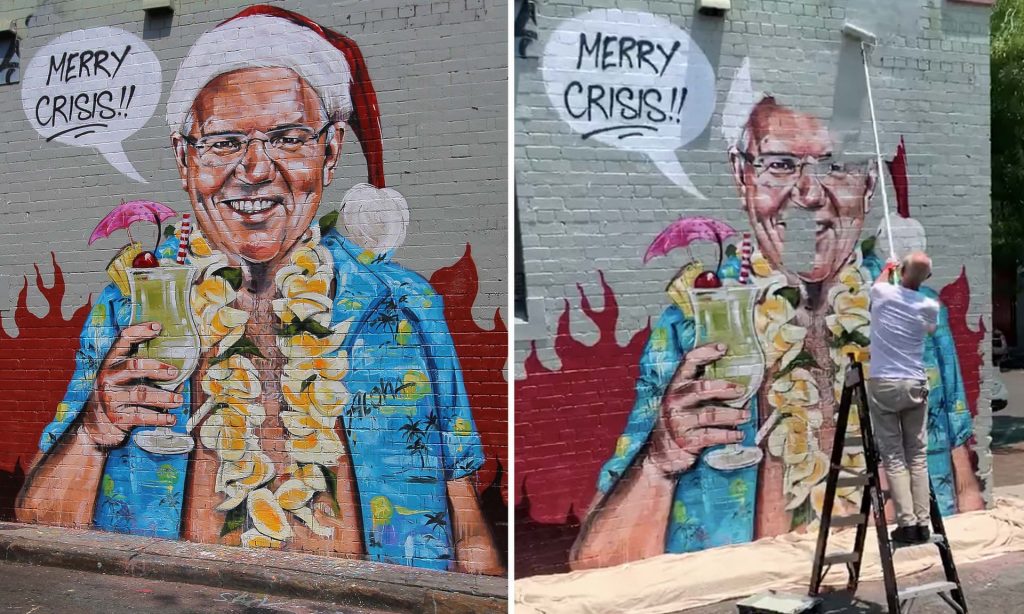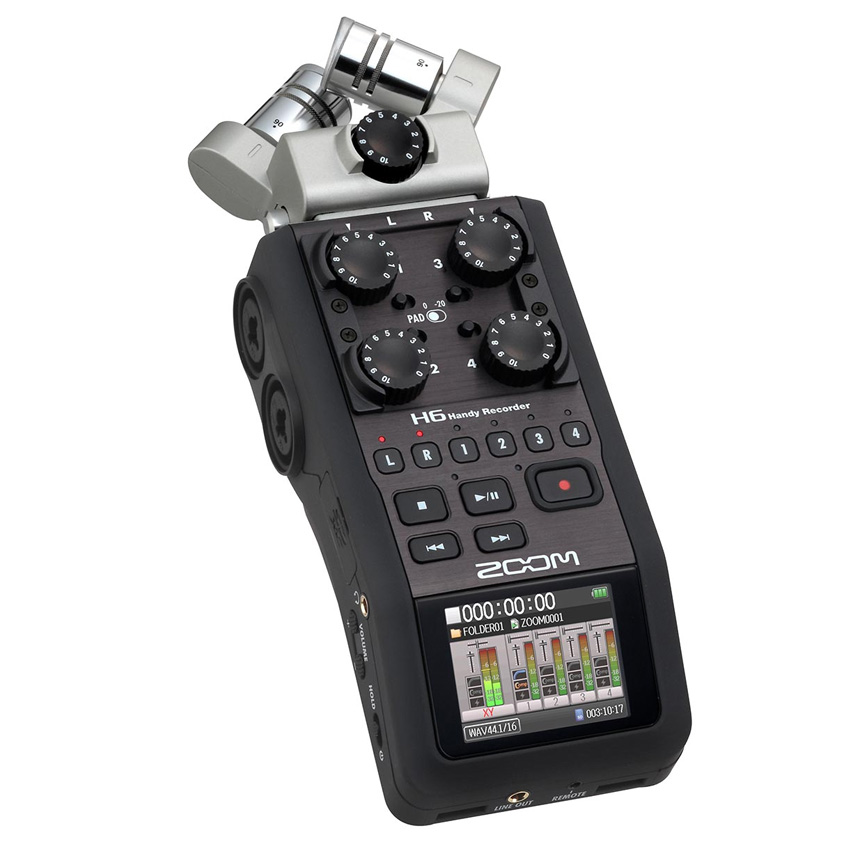
Timeline 2020
It is now New Year’s Eve 2019, and this timeline is being published to indicate my personal focus for the coming year, 2020. It also looks back at the previous three years (2017 – 2019), and a few sentences looking forward to each of the three years (2021 – 2023).
What characterizes all of these years is an acute realization that we are living during a climate crisis, and that this requires not only a change of attitude, but a change of behaviour. Humans, collectively, have to spend and consume not just less, but also better. My concern is that consuming disproportionately helps the elites to amass even more excessive wealth, which they will invest/ spend without considering the health of the planet, or its citizens. Better means prioritizing spending locally and intelligently on products that reduce, or at a minimum – contribute less to increased, carbon dioxide in the atmosphere.
Two recent insights that leads to a change of priorities. First, I discovered that ordinary Americans feel they have to take up debt in order to build up a credit rating. I thought it was enough to have money salted away in a bank account. While I realized that many of the working poor had to borrow in order to acquire necessities, I was not aware that debt had become so institutionalized. Second, I did not realize that many Americans lacked the capability to make their own food. This might be due to a lack of kitchen facilities, or cooking competencies, or both. Many are then forced to use fast-food facilities (no, these are not restaurants) to provide them with food that is unhealthy, and further deteriorates the quality of their lives.
I am currently reflecting how these insights will motivate me to help change these ways of thinking. There may be a need to borrow money for a place to live, but people should not have to borrow to educate or transport themselves. Highter-education has to become free, and – in my opinion – is always best undertaken along with (at least) part-time work. If public transport isn’t usefully available, then ride-sharing may be a solution.
There is the matter of nourishment. Hopefully, everyone will have the opportunity to grow more healthy food, learning to avoid excessive amounts of sugar and other forms of empty calories. They will, of course, have to learn how to transform these into interesting meals.
I have always been an advocate of free entertainment. Holly- and Bollywood aren’t necessary, when the average smartphone (for lack of a better word) has the capability to record video and audio in much better quality than Alfred Hitchcock, Billy Wilder, Akira Kurosawa or Ingmar Bergman could ever dream of. Local productions have their own value, yet can be distributed far and wide, so that they become exotic productions in other parts of the world. A discussion of technique and talent will be left to another day. Similar comments can be made about theatrical performances, music, games and sports, and fictional writing.
2020
Yes, this section was originally titled 2020 vision, until I decided to replace vision with sound and then nothing. It is more accurate without anything, because I have not decided on any major focus, apart from the ongoing rehabilitation of Cliff Cottage. This involves practical carpentry to renovate (or as we say here) re-educate the house to make it smarter, with a focus on microprocessors, sensors, actuators and the home assistant operating system. While some practical work will be undertaken during first three and last three months of the year, April to September, inclusive is when outdoor work has to be done.
An aside: In much of Europe including Norway and many other places, people no longer use the American (20′) or metric (6 m) to express perfect vision, which is actually only mediocre vision. Instead, they content themselves with a ratio: 20/20 = 6/6 = 1.00, frequently referred to as a decimal measure of visual acuity. While I didn’t do so now, sometimes I indulge myself, making wordplay out of interesting phrases. At the beginning of 2019-02, after writing Keywords 06 Choice, I could not resist temptation and wrote Keywords 007 Bond, featuring a concept by Mark Granovetter, instead of another by John Patrick Leary. Subsequently, the first six keywords were renumbered using 3 digits.
In a world filled with fake news, and with extremism emerging on all sides, it is important to provide a pathway through a maze of hopelessness, for myself and for others. Fiction is an important tool. First, it is a clear admission, that what is being written is, in some way, fake. This means that any insights, posing as hidden truths, cannot be rejected simply on the basis of their non-alignment with established facts. Second, fiction can be honed to meet specific and potentially evolving needs – social, political, technological, physical. Third, in a busy world, fiction can be presented in ways that captivate people. There are fewer opportunities for people to read fiction, or even to view it on screen. Eyes are too busy navigating hazards. This means that one of the most important mechanisms for the transmission of fictional works is through the ears, via audio – podcasts or audio books.
This change of focus means that the Keywords project will have its outward manifestation paused. Here, too, there will be an emphasis on the aural (hearing) and the oral (speaking). There will be no new keywords presented in a blog. Instead, the existing materials will be adapted as podcasts, as well as being published collectively and visually in a book format (.pdf/ .epub), augmented with a few important, but missing keywords.
I have already begun producing weblog posts about (computing) devices. The first one, about Windows 7, is scheduled for 2020-01-07, one week before non-business customers loose support from Microsoft. Other posts will discuss some of the components that should (or should not be) prioritized by people living during a climate crisis. This will take up most of the time between January and March.
After the building season comes to an end, many of the currently unpublished drafts at brock.mclellan.no involving workshop activities, will be published. These will be edited into a workshop manual aimed at beginning workshop activists of all genders. Projects will be related to making products that will reduce one’s carbon footprint, and give a better quality of life to poor(ish) people.
Looking Back
2017 Retirement
I am a project oriented person. However, one of my personality traits is an inability to focus on a project for more than one year. During 2017, my one request was not to make any long-term commitments. I wanted to experience retirement before making decisions about the future.
After a month of apartment living on Madiera, and despite my promise to wait, one decision made was to avoid moving to an apartment, for as long as possible. I wanted to have the opportunity to enjoy a workshop, Unit One, located at Ginnunga Gap, approximately 20 meters from Cliff Cottage, and to produce wooden and other items of interest. I have previously written about Unit One’s mission statement and core values.
2018 Workshop
Towards the end of 2017, I was asked to participate in a techno workshop project in Inderøy. Its funding mandate, necessitated that it be completed by the end of 2018. This suited my personality perfectly, and I accepted. Unfortunately, the project went overtime, which did not suit my personality, and encroached on projects that I had already committed to in 2019.
In terms of housing goals, only the under-insulated weather wall of the house facing Trondheim’s Fjord, was replaced to allow 250 mm (10″) of insulation.
2019 Celebration
In 2017-10, I decided to organize a celebration of the 200th anniversary of the Birth of the Bab, one of two manifestations/ prophets of the Baha’i Faith. One of the ways in which this was done was to host an event, held 2019-10-29.
The techno workshop opened officially on 2019-05-24, over five months late! Unfortunately, this delay had its consequences. To ensure that 2020 goals are met, I resigned any future commitment with the techno workshop, and became inactive with other organizations, including the local Friends of the Earth group. It has been difficult for me to learn how to say no, but quite necessary.
Looking Forward
It is hoped that progress in making the house at Vangshylla suitable for old people, will be completed by 2023-12-31. 2021 Communications. This will emphasize the use of audio-visual technology as a means of communication. 2022 CNC. With most of the construction work completed, the workshop can be transformed into a CNC machining centre, hopefully with an increased emphasis on environmentally-friendly synthetics, some metals and sustainable wood. 2023 Electronics. My first exposure to electronics came in about 1963, sixty years previously, when I started building a Heathkit radio. It is now time to work in this area again. This will not be a nostalgic recreation of obsolete products, but an attempt to explore the future.


